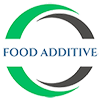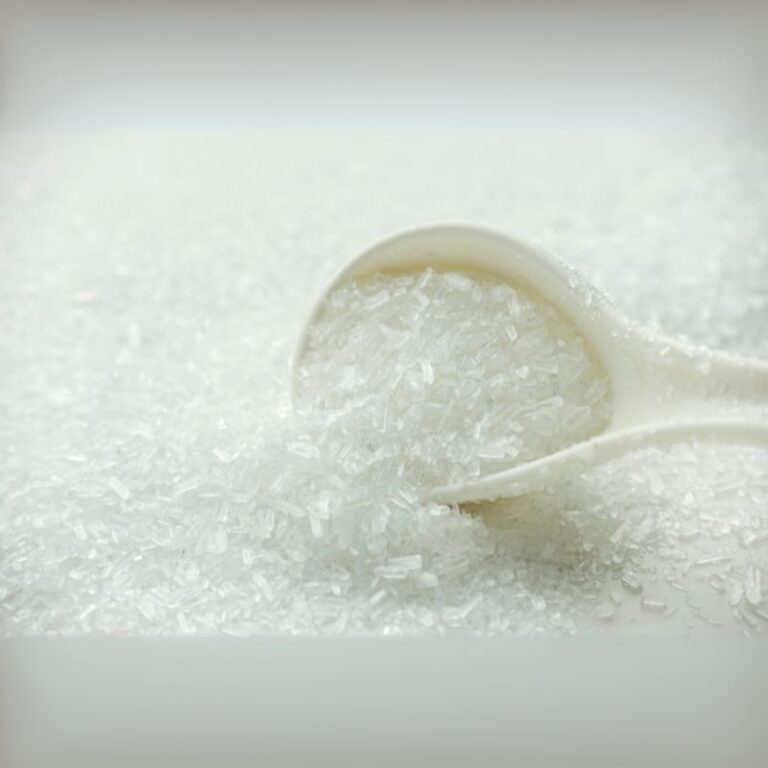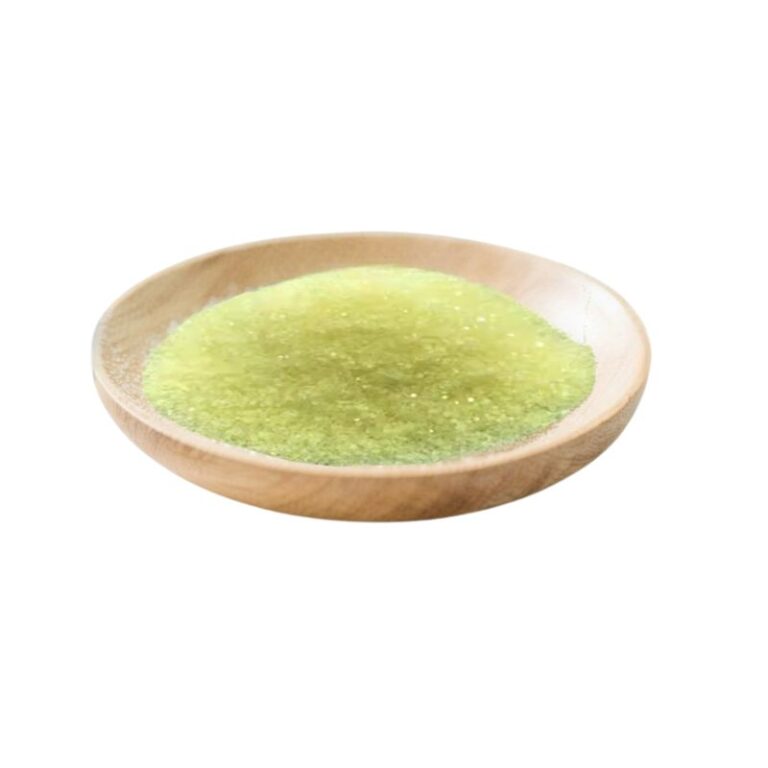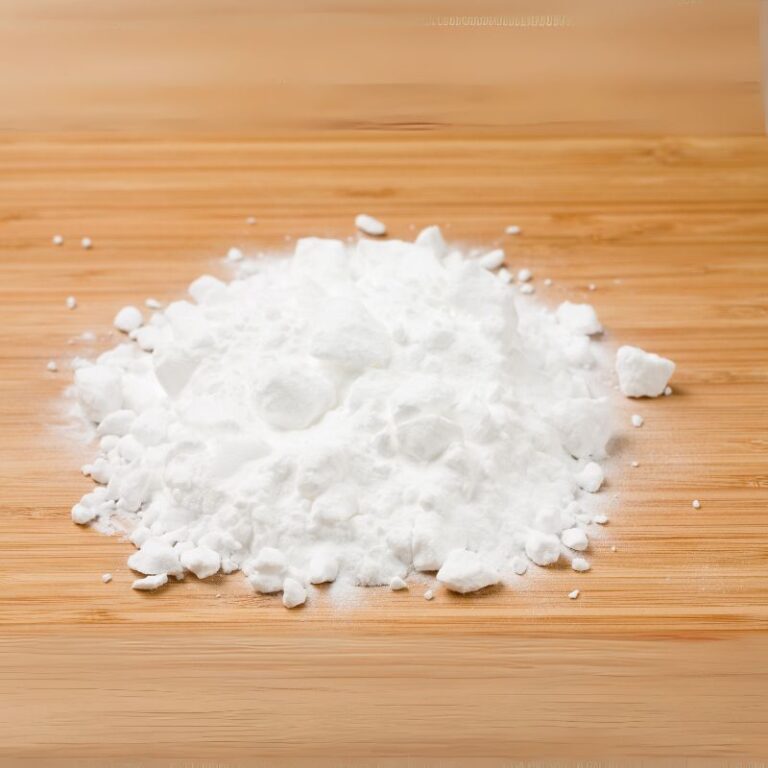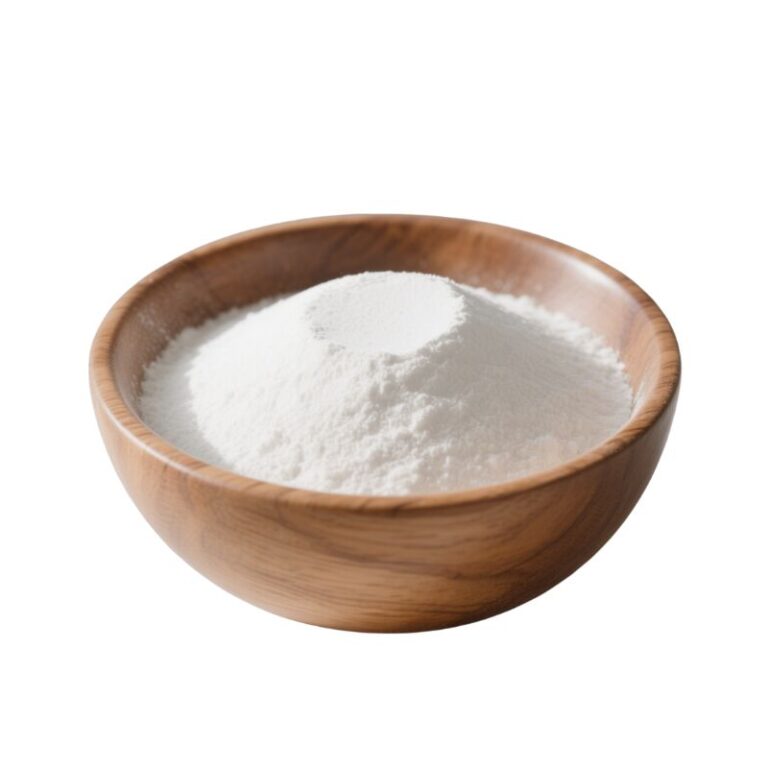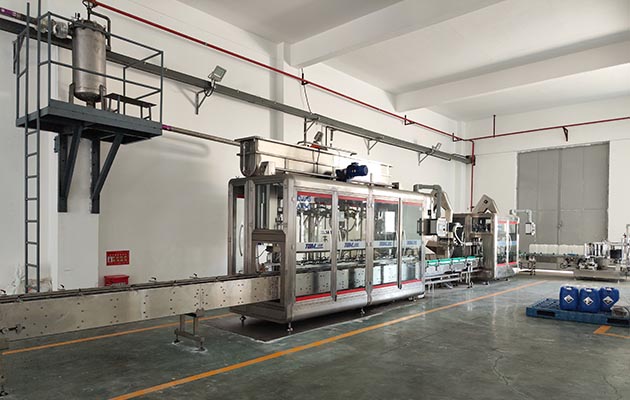-
Liutang Town Industrial Park, Liucheng County, Guangxi

Is Potassium Ferrocyanide in Salt Safe? Understanding the Food Additive in Your Salt
Potassium ferrocyanide , generally found in salt as an additive , has stirred interest and issue among health-conscious consumers. It’s provided as E536 and often grouped with food additives that consist of the word cyanide — which can not surprisingly seem startling. Yet what is potassium ferrocyanide in salt truly? And is it secure for human intake ?
1. What is Potassium Ferrocyanide and Why Is It Utilized in Salt?
Potassium ferrocyanide is a chemical additive known by its E-number, E536 . Despite its disconcerting name, it’s not the exact same as potassium cyanide , a very hazardous substance. Instead, potassium ferrocyanide is a secure substance that consists of iron and cyanide ions bound in a kind that doesn’t quickly launch toxic cyanide .
It’s used in salt mainly as an anticaking representative . When salt is subjected to moisture, it tends to clump or “cake,” making it difficult to utilize. To prevent salt from taking in dampness and sticking with each other, ingredients like potassium ferrocyanide are consisted of in small amounts.
This additive appears in both salt and industrial salt , and sometimes also in feed ingredients . Its feature is simply physical– not implied to alter taste, shade, or nutrition.
2. How Does Potassium Ferrocyanide Work as an Anticaking Agent?
An anticaking representative in salt functions by finishing specific salt crystals , making them repel wetness and therefore preventing them from integrating right into swellings. Potassium ferrocyanide is particularly efficient at this since its anhydrous (without water) type can take in marginal moisture, maintaining salt flowable.
The potassium ferrocyanide made use of in food is either trihydrate or anhydrous form, depending on handling requirements. The chemical’s action is passive– it doesn’t chemically respond with salt chloride (common salt ) but develops a physical obstacle that aids it remain dry.
It’s likewise essential to keep in mind that comparable substances, like sodium ferrocyanide (E535) and calcium ferrocyanide (E538) , are made use of as anticaking agents as well. However, potassium ferrocyanide often tends to be preferred in potassium chloride – based salts or low- salt options.
3. Is Potassium Ferrocyanide Safe for Consumption?
Not surprisingly, words “ cyanide ” raises concerns. Yet in this context, potassium ferrocyanide is safe because of the method its atoms are bound. The cyanide ions are locked within a complicated ion framework, not quickly broken down in the human digestive system.
The European Food Safety And Security Authority (EFSA) carried out a re‐evaluation of sodium ferrocyanide , E535 , and similar compounds in 2018. It ended that ferrocyanides posture no adverse result when made use of as artificial additive under authorized problems. The EFSA Journal particularly mentioned that these compounds do not launch totally free cyanide under typical cooking or digestion problems.
Furthermore, worldwide food security authorities , consisting of the European Union , have established usage levels for ferrocyanide additives that are much below any type of harmful limit. When made use of properly, potassium ferrocyanide in salt is risk-free to make use of and thought about secure for human usage .
4. What Do International Food Security Authorities State About Potassium Ferrocyanide?
Both the EFSA and Codex Alimentarius — an international food safety and security basic body– accredit making use of potassium ferrocyanide as an additive in specified amounts. The European Union allows it in table salt approximately 20 mg/kg.
In the United States , the FDA permits its use under specific food manufacturing categories. These policies strengthen the verdict that potassium ferrocyanide is risk-free under designated usage levels .
Additionally, the visibility of ferrocyanide in salt is constantly shown on the label, guaranteeing openness for consumers. This permits individuals worried about preservative to make informed decisions.
5. How Is Potassium Ferrocyanide Different from Potassium Ferricyanide?
While they seem similar, potassium ferricyanide (E537) and potassium ferrocyanide (E536) differ in their oxidation states . Ferricyanide has ferric iron (Fe SIX ⁺), while ferrocyanide consists of ferrous iron (Fe TWO ⁺). These differences impact their chemical stability and reactivity.
Neither substance is meant to release poisonous cyanide under typical food handling. Nonetheless, just potassium ferrocyanide is usually used in salt . Potassium ferricyanide is regularly found in photography and lab applications, though it also has actually restricted duties in food-grade settings.
The difference issues since potassium ferrocyanide is safe , while potassium ferricyanide could have a lot more rigorous restrictions relying on national regulations.
6. What is the Role of Potassium and Chloride in Food Additives?
Potassium and chloride are necessary electrolytes, critical for human wellness. In food scientific research, potassium chloride is usually made use of as a low-sodium salt substitute. This makes potassium-based additives important in attending to global problems over salt consumption.
Potassium ferrocyanide is therefore compatible with potassium chloride-based salts , providing a sodium-free anticaking option. This is beneficial for people on low-sodium diets or with high blood pressure.
The level of potassium in additives is carefully kept track of. While excessive potassium can bring about health and wellness issues in specific populations (e.g., those with kidney condition), the quantities utilized in preservative are far listed below danger thresholds.
7. What Are the Alternatives to Potassium Ferrocyanide in Salt?
Besides potassium ferrocyanide , various other ferrocyanide utilized compounds include:
- Sodium ferrocyanide (E535) : Common in sodium chloride – based common salt .
- Calcium ferrocyanide (E538) : Much less common, yet likewise used as an anticaking agent .
These ferrocyanides work similarly, varying only in the steel ion element. For consumers avoiding all ferrocyanide substances , some producers use additive-free salts — though they may be extra susceptible to caking.
Some natural choices consist of rice grains in salt shakers or silica gel desiccants , though these are not applicable in packaged common salt for lasting moisture protection.
8. Just How Much Potassium Ferrocyanide Is Admitted Salt?
Laws vary a little by region, but many enable a optimum usage level of 20 mg/kg in salt . The EFSA , in their re-evaluation, affirmed that this limit guarantees the additive continues to be safe for intake , despite long-term everyday usage.
The real amount of potassium ferrocyanide used in business salt is frequently well listed below the lawful limitation. Manufacturers aim to balance performance with security and cost-effectiveness.
Offered the trace levels , the amount of potassium or cyanide one might consume from normal salt intake is negligible. Also when used daily, the level of potassium ferrocyanide remains risk-free within regulative bounds.
9. Is the Cyanide in Ferrocyanides Dangerous?
Allow’s deal with the elephant in the space: cyanide . It’s a term connected with toxin, so it’s natural to be mindful. But in potassium ferrocyanide , the cyanide ions are chemically bonded to iron , developing a stable complicated that does not easily release hydrogen cyanide (HCN) under normal conditions.
To liberate totally free cyanide , you ‘d require high-temperature acidification– not something that happens in the kitchen or human tummy. This makes ferrocyanide would not posture a harmful threat when made use of as meant in food.
Still, global authorities continuously evaluate the security of potassium ferrocyanide . For instance, the EFSA Journal and researches from various other regions sustain the position that ferrocyanide-based ingredients are safe for usage when managed effectively.
10. What Is the Future of Ferrocyanide-Based Additives in Food?
With climbing customer need for clean labels and natural items, the future of ingredients like E536 might see enhanced examination. Nevertheless, as long as these additives meet a useful duty without triggering harm, they will likely stay accepted under worldwide food security authorities .
That said, innovations in all-natural anticaking representatives might provide alternatives in the years in advance. Until after that, potassium ferrocyanide stays a secure, managed, and efficient solution in the battle against lumpy salt.
Secret Takeaways: Summary Bullet Points
- Potassium ferrocyanide is an approved artificial additive (E536) used in salt as an anticaking representative .
- Despite its name, potassium ferrocyanide is safe because it does not launch poisonous cyanide under normal conditions.
- It avoids salt from clumping by forming a moisture-resistant barrier on the salt crystals .
- The EFSA , FDA , and other international food safety authorities have actually authorised its use at degrees risk-free for human usage .
- Alternatives like sodium ferrocyanide (E535) and calcium ferrocyanide (E538) serve similar objectives.
- The additive is particularly useful in potassium chloride-based low-sodium salt items.
- Actual use levels are a lot less than the optimum 20 mg/kg limit set by regulatory authorities.
- Ferrocyanides consist of iron and cyanide ions in secure, safe structures.
- If you see E536 on your common salt , there’s no cause for alarm– it’s taken into consideration risk-free to make use of .
- Continuous evaluations make sure that food safety and security standards remain as much as date.
